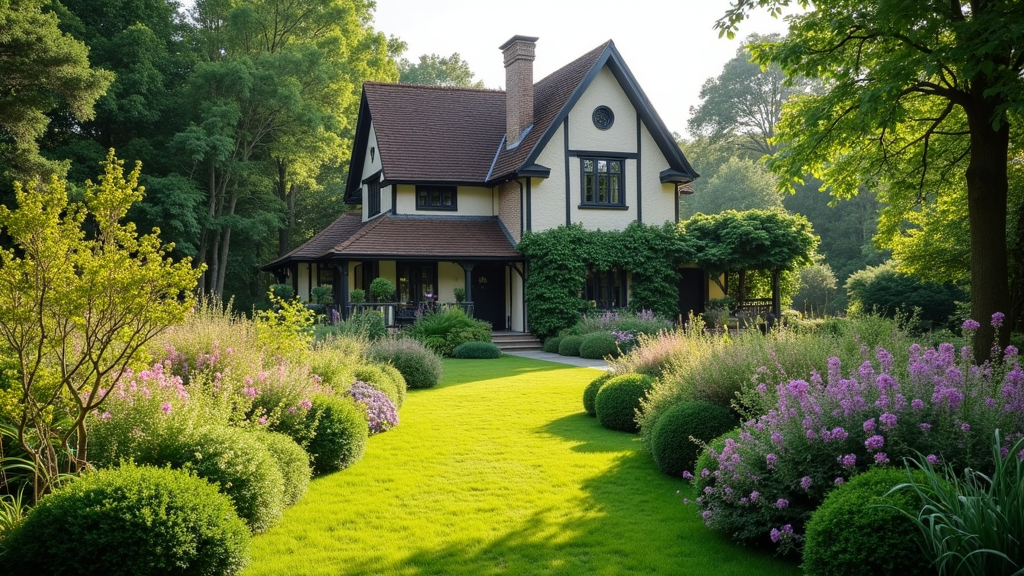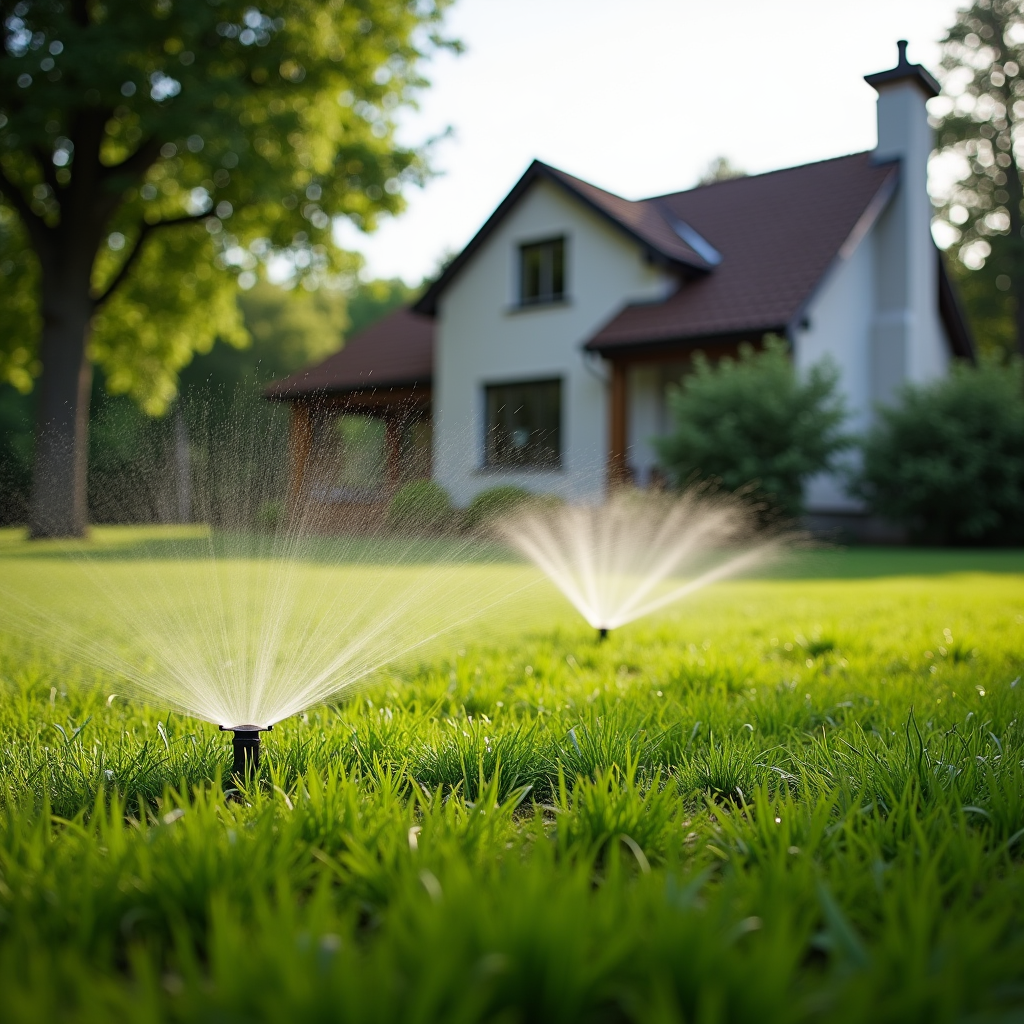Introduction: Exploring the Synergy Between Built and Natural Environments
Architecture and landscape design are two fields that often seem distinct, yet they share a deep-rooted connection that transcends aesthetics. When we think about our built environment—be it a cozy home, an expansive office building, or a vibrant public space—we must also consider how these structures interact with their surroundings. This symbiosis is the essence of "The Intersection of Architecture and Landscape Design."
In this article, we will delve into various aspects of this intersection, exploring how designing landscapes can enhance architectural endeavors and vice versa. From historical perspectives to contemporary http://franciscovgdb097.huicopper.com/the-art-of-landscape-lighting-enhancing-your-outdoor-aesthetics practices, we'll navigate through the complexities that define this relationship.
The Importance of Landscape Design in Architecture
Landscape design is more than just adding greenery to a site; it involves creating an environment that complements architectural structures while promoting functionality and beauty. But why is it so important?
Enhancing Aesthetic Appeal: Landscapes can soften hard lines of architecture, creating a harmonious balance between the built environment and nature. Environmental Sustainability: Thoughtfully designed landscapes can contribute to sustainability efforts by managing water runoff, improving air quality, and providing habitats for wildlife. Social Interaction: Public spaces designed with landscape principles encourage community interaction and engagement.Historical Context: How Architecture Influenced Landscape Design
To understand the current relationship between architecture and landscape design, let's take a stroll through history.

Ancient Civilizations: A Unified Approach
In ancient civilizations like Greece and Rome, architecture was intricately tied to its landscape. Gardens were not merely decorative but served as philosophical spaces for contemplation.
- Greek Gardens: These gardens were often designed around temples, emphasizing symmetry. Roman Villas: They integrated architecture with natural scenery.
Renaissance Period: Reimagining Nature
During the Renaissance, landscape design flourished alongside architecture as both disciplines sought harmony through geometry.
- Formal Gardens: These were meticulously planned spaces reflecting order and beauty. Influential Figures: Architects like Andrea Palladio influenced landscape layouts.
Modern Trends in The Intersection of Architecture and Landscape Design
Today’s trends reflect a growing awareness of sustainability and ecological responsibility in designing landscapes.
Biophilic Design: Bringing Nature Indoors
Biophilic design emphasizes incorporating natural elements within built environments.
- Natural Light: Architects are increasingly using large windows to bring light into spaces. Indoor Plants: Integrating plants within interiors improves air quality.
Sustainable Practices in Landscape Design
More architects are embracing sustainable practices in their designs:
- Green Roofs: These reduce heat absorption while enhancing biodiversity. Rain Gardens: They manage stormwater effectively while adding beauty to landscapes.
The Role of Technology in Designing Landscapes
Technology has revolutionized both architecture and landscape design.
Digital Tools for Planning Landscapes
From CAD software to drone technology, architects now have advanced tools at their disposal:
- 3D Modeling Software: Enables visualizing landscapes before implementation. GIS Mapping: Helps analyze land use patterns efficiently.
Case Studies: Successful Intersections of Architecture and Landscape Design
Let’s look at some successful examples where architecture beautifully melds with landscape design:
1. The High Line - New York City
Originally an elevated railway line, the High Line has been transformed into a public park that showcases innovative landscape design alongside urban architecture.
2. Fallingwater - Frank Lloyd Wright
Fallingwater stands as an iconic example where architecture is seamlessly integrated into its natural surroundings—a testament to harmony between man-made structures and nature.
Cultural Perspectives on The Intersection of Architecture and Landscape Design
Different cultures approach this intersection uniquely based on their values and beliefs.
1. Japanese Zen Gardens
These gardens emphasize simplicity and tranquility, showcasing how landscapes can reflect philosophical ideas in architectural practices.
2. Mediterranean Influence
The Mediterranean style incorporates outdoor living spaces elegantly intertwined with lush gardens—a perfect blend of architecture with its setting.
Challenges at The Intersection of Architecture and Landscape Design
While there are numerous benefits to integrating these two fields, challenges persist:

1. Space Constraints
Urban environments often limit the scope for extensive landscaping due to high-density buildings.
2. Regulatory Hurdles
Zoning laws can restrict certain types of landscaping projects adjacent to architectural developments.
Future Directions in The Intersection of Architecture and Landscape Design
What does the future hold for this dynamic relationship?
1. Emphasis on Climate Resilience
As climate change impacts grow more severe, architects will need to prioritize climate resilience in both architectural designs and surrounding landscapes—creating adaptable environments will be key!
2. Community-Centric Designs
Future projects will likely focus more on community needs by integrating social spaces within public landscapes while considering architectural significance—engagement is essential!
FAQs About The Intersection of Architecture and Landscape Design
Q1: What is landscape design?
A1: Landscape design encompasses planning outdoor spaces that integrate natural elements with built structures for aesthetic appeal and functionality.
Q2: How do architects collaborate with landscape designers?
A2: Architects work closely with landscape designers from project inception through completion to ensure cohesive integration between buildings and their surroundings.
Q3: Why is sustainability important in these fields?
A3: Sustainability promotes environmental stewardship by minimizing resource use while maximizing ecological benefits—this aligns both disciplines towards responsible development!
Q4: Can technology improve landscape design?
A4: Absolutely! Advanced software allows for better visualization during planning stages—this can lead to innovative solutions that enhance overall project outcomes!
Q5: What role does culture play in shaping designs?
A5: Cultural contexts influence aesthetic preferences as well as practical considerations—understanding local customs helps create meaningful connections between people & places!
Q6: How can I learn more about these fields?
A6: Many universities offer programs focusing on either architecture or landscape design; online resources such as webinars & workshops also provide valuable insights!
Conclusion: Embracing The Future of Integrated Design
As we conclude our exploration into "The Intersection of Architecture and Landscape Design," it’s clear that these two disciplines are not just complementary; they are interdependent forces shaping our environments today! By understanding their relationship better—through history lessons or modern advancements—we can appreciate how thoughtful integration leads us toward beautiful & functional spaces that enrich lives!
So next time you walk through an urban park or admire a striking building against its backdrop remember—the dance between architecture & nature is one worth celebrating!